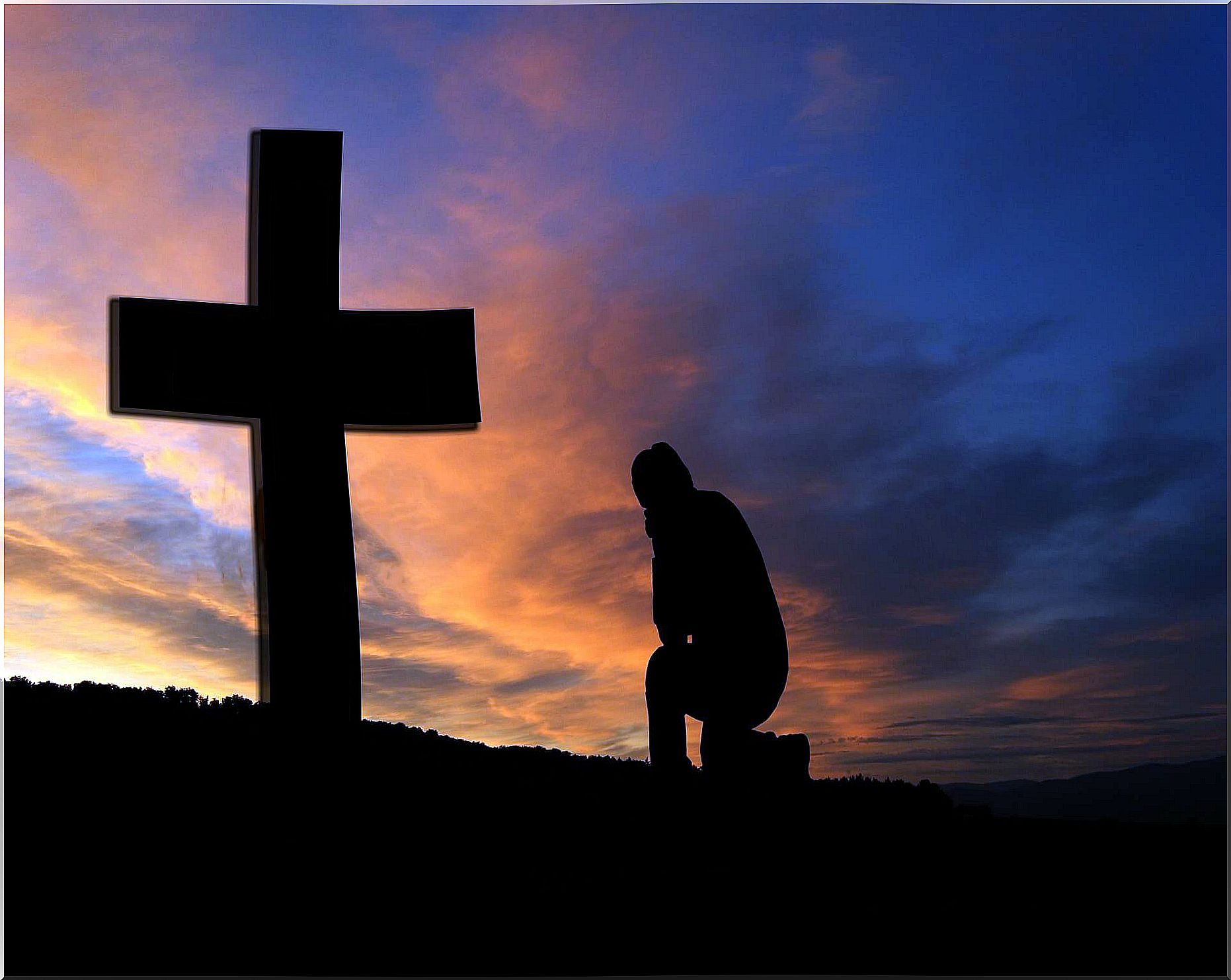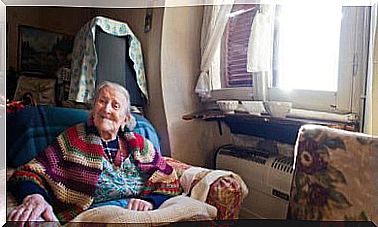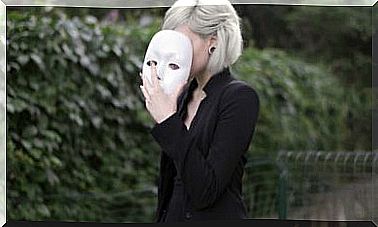The Curious Story Of Padre Pio

Padre Pio, Francesco Forgione, or also known as Pio de Pietreicina, was born in that town in Italy in 1887, into a humble family very devoted to the Catholic religion. Since he was a child, he showed that he was pious and had no objection to doing penances for God.
His health was very fragile, he was always sick. From a very young age he wanted to be a priest, after meeting a Capuchin monk in the Morcone convent, Fray Camilio, who passed by his house begging for alms. The boy’s friends and neighbors testified that he suffered from “demonic encounters” and that more than once they saw him fighting with his shadow.
At 16 he decided to become a friar. His teacher was Father Tommaso, severe but with a great heart, with great charity to the internees. Life there was very hard, he had to fast for long periods, and that changed his character and spirit. His illnesses were on the rise and they would never leave him. In 1904 he pronounced his temporary vows and moved to another convent.
In 1907 he made his permanent vows and had to leave for another place, near the sea, something that did not do him good because his health worsened, so he had to return. In 1910 he settled in Benevento and in 1916 he was sent to the convent of San Giovanni Rotondo, where he lived until his death in 1968, 50 years after receiving his first stigma.
The stigmata of Padre Pio
During his life he suffered a total of five stigmata all over his body, corresponding to the five wounds that Jesus had on the cross. They bled him for half a century, but he never got anemia. It was also said that Pius had the ability to be in two places at the same time, that he could perform miracles and that he was clairvoyant.
In 1915 he felt severe pain in his feet, his hands and the right side of his torso. Doctors could not find the reason for this ailment. Three years later, letting out a cry of agony and falling to the ground, he began to bleed in these places, appearing the first stigmata.
After regaining consciousness, he returned to his tasks and the doctors began to analyze his case, but without obtaining the real reasons for what was happening to him. The authorities ordered that he be photographed for the record.
In these images , Padre Pio can be seen with a great expression of sadness, very pale, with a tired and tortured face, but also with great shame for having to pose with his bloody hands.
Once the initial clamor subsided a little, Pius returned to his monastery, where many times he felt transported by a great ecstasy that ended in these hemorrhages, which did not harm his health.
From there, this man’s fame as a saint spread throughout Italy. Hundreds of people came from far away to meet him and to confess to him. Many of them said that the priest knew their sins before they were told.
Miracles of Padre Pio

The first miracles were not long in coming. The first case is that of Gemma di Giorgi, who was born without pupils in her eyes. After the friar visited her, she began to see, as if nothing had happened . A doctor who was interested in his stories said that in several cases it could be a psychosomatic response to believing so much in Pio, but in others, not.
Among his strange “powers”, people talked about how he could be in two places at the same time. The best known case is that of Monsignor Damiani, who traveled to Italy from Uruguay to see him. This man’s wish was for Padre Pio to be present on the day of his death. However, he replied that this would not be possible for the moment, since he would die in 1942.
That year, while Damiani was in his native country and dying, the Archbishop of Montevideo was awakened by a Capuchin friar, telling the news. When they went to see religious, he had already passed away. In his hands he had a note written by himself that said “Padre Pio came to see me.”
But this does not end there, since seven years later the archbishop traveled to Italy to meet Padre Pio and to his surprise, the same friar who had awakened him that night received him at the convent.
The same thing happened during the war, when the Major Commander was thinking of committing suicide and this character appeared before him, telling him not to do it. When he convinced him, he disappeared as if by magic. The general entered a church where Pio offered mass, waited for it to finish and approached him. The priest told him: “You were lucky to escape, my friend.”
The controversy surrounding stigmata
What made Padre Pio most famous was the phenomenon of stigmata. Around them, it is said that their blood had the perfume of flowers, whose aroma is associated with holiness.
The news that Padre Pio had the stigmata spread quickly. Immediately, thousands of people flocked to San Giovanni Rotondo to see him, kiss his hands, confess to him and attend his masses.
Faced with the father’s fame, the Holy See sent a specialist in psychology to investigate Padre Pio’s case. He was the priest Agostino Gemelli, Franciscan, doctor of medicine, founder of the Catholic University of Milan and friend of Pope Pius XI.
When Father Gemelli left San Giovanni, without even having seen the stigmata, he published an article in which he asserted that they were of neurotic origin. After this statement, the Holy Office took the psychologist’s word for it and published a decree stating that “the supernatural nature of the events is not confirmed.”
Subsequently, the Bishop of Volterra, Raffaello C. Rossi, was formally commissioned by the Holy Office to carry out a canonical investigation on Padre Pio. Rossi began his Apostolic Visit on June 14, 1921 in San Giovanni Rotondo with the questioning of witnesses, two diocesan priests and seven friars. After eight days of investigation, he finally completed a benevolent report, which he sent to the Holy Office. In this report it states:
In the following years there were three other decrees and the last one was condemnatory, and in which visits to Padre Pio or to maintain any relationship with him, including letters, were prohibited. As a consequence, Padre Pio spent 10 years – from 1923 to 1933 – completely isolated from the outside world.
The explanation
When Padre Pio died, the Catholic Church suggested three possible causes of the phenomena attributed to him: diabolical intervention, divine intervention, and unconscious suggestion. He was canonized by John Paul II in 2002.
Believers say that his gifts were extraordinary discernment (he read conscience), miraculous healing, bilocation (being in two places at the same time), tears (he shed them when praying the Rosary), perfume (“the smell of holiness ”) And, of course, the stigmata (exhibited for 50 years).
Images courtesy of: Itto Ogami, Lowdown.









